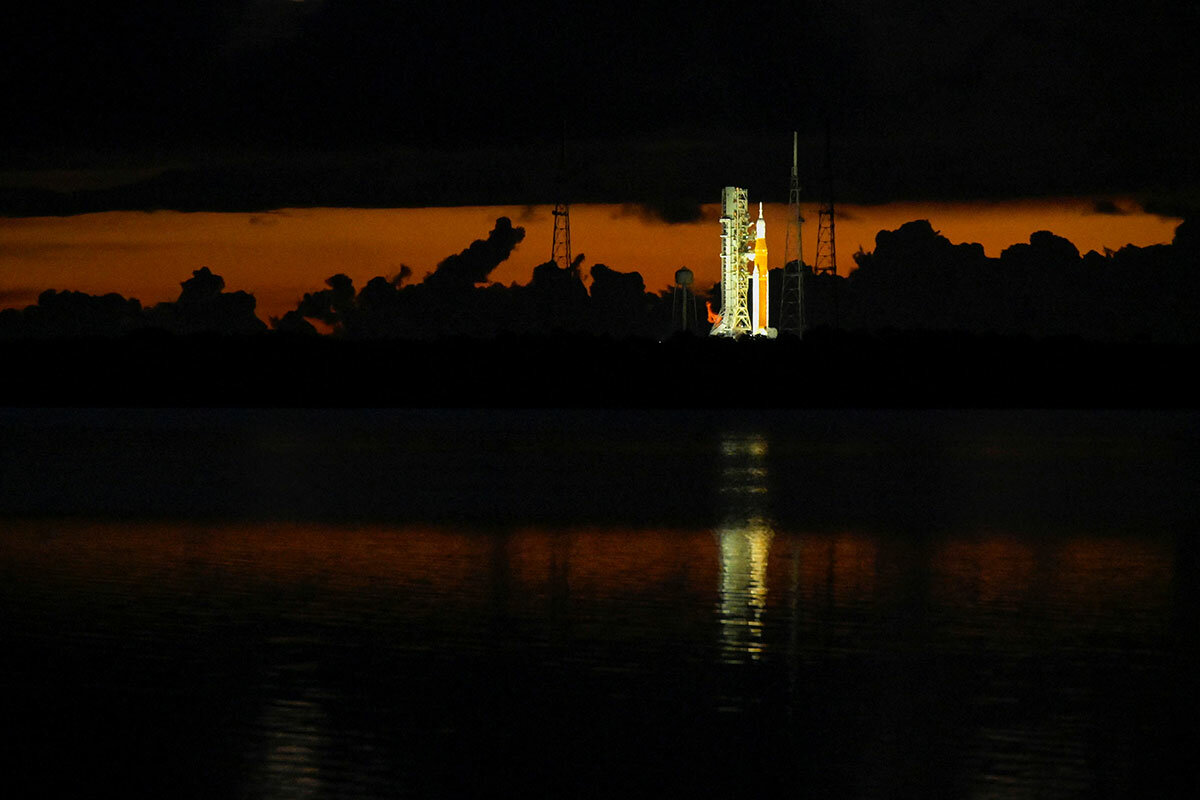NASA tries again with Artemis. Can it regain its mojo?

 Mark Sappenfield
Mark Sappenfield
NASA’s problem is not the rocket sitting on the launchpad in Cape Canaveral, really. The all-new Space Launch System is supposed to catapult U.S. astronauts back to the moon this decade, but the launch has been beset by problems and delays. The new launch window for this first test flight of the Artemis program is Saturday.
No, the real problem is that NASA, once the engine of so much innovation, is now struggling to keep up. Consider Artemis 1’s rocket. It is acting like all new rockets act – temperamental and a bit mysterious. That means delays and blown budgets.
Companies like SpaceX and Blue Origin offset that by volume. Once the rocket is operational, it makes launch after launch after launch, honing the technology while also making money by making deliveries to space. Artemis’ Space Launch System will only be used for Artemis flights – maybe once every two years. To historian Howard McCurdy of American University, that means calculated risk. Each launch is high stakes because there are so few of them.
Back in the 1960s, he says, “NASA made a lot of Saturn V rockets, so there were production efficiencies.” They became the workhorses of the early space race.
Saturday’s launch, then, is not just a bold bid to get back to the moon with an eye to Mars. It is a test of whether NASA’s human spaceflight program can adapt to space’s new age of innovation.
Adds Professor McCurdy: “If you really want to go to Mars, you’re going to have to bring down the cost to make it affordable.”




